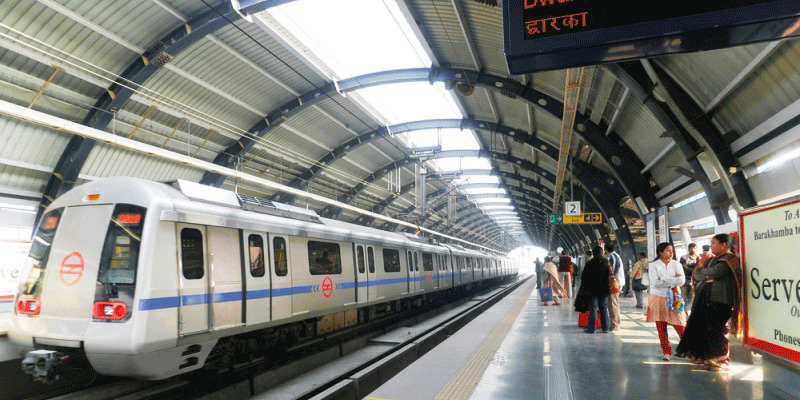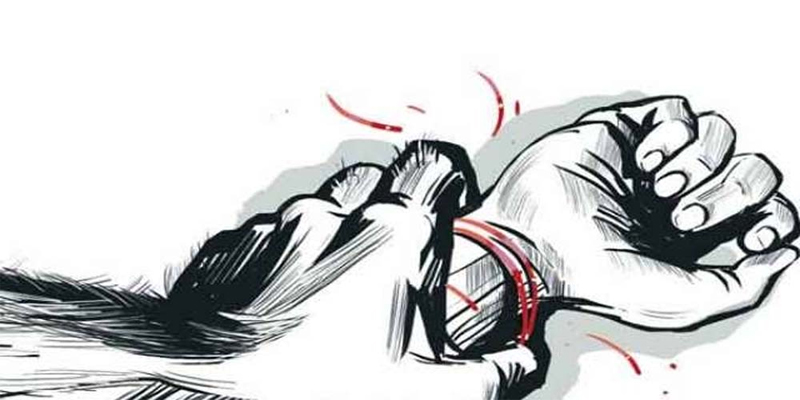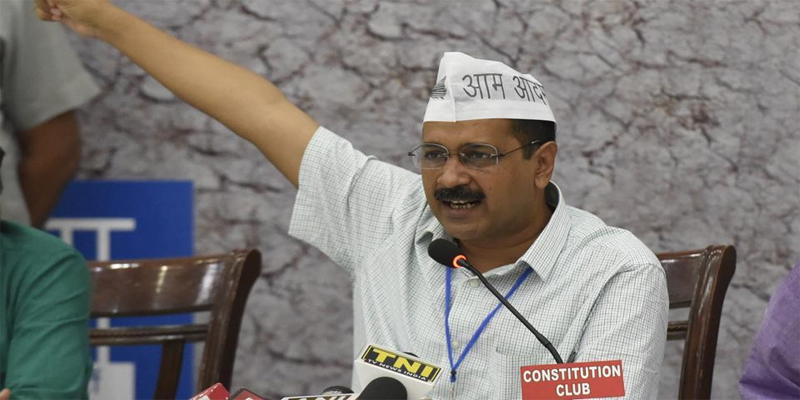Delhi metro daily ridership fell from 27.4 lakh to 24.2 lakh after the second phase of price hike on October 10. It is being considered a fall of around 11%.
The fares were made expensive by between 20 and 50 percent last month. Ticket prices went up by Rs 10 for almost every distance, just after five months of another hike of up to 100 percent. This indicates that a lot of regular passengers have now switched to other modes of transport, both public and private, in the wake of the fare increase.
This incident has initiated a political tussle between BJP and AAP governments. They both are now blaming each other and state governments for the hike. AAP led by Mr Kejriwal had opposed the hike and called it “antipeople”. BJP also hit at the Delhi Metro Rail Corporation (DMRC) and held the AAP government responsible for it.
After the RTI query, Chief Minister Arvind Kejriwal tweeted:
“Many passengers have taken to other means of transport, thus increasing pollution and congestion on roads. Metro fare hike has not benefited anyone.”
According to the Delhi metro, fare hike is a great contributor to the drop in ridership. Despite being the busiest section, the blue line between Noida/Vaishali and Dwarka, lost the most passengers. Due to the sharp increase in fares, they lost almost 3 lakh commuters per day.




